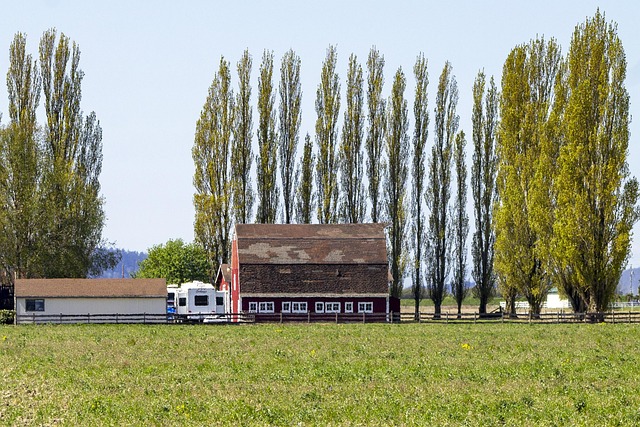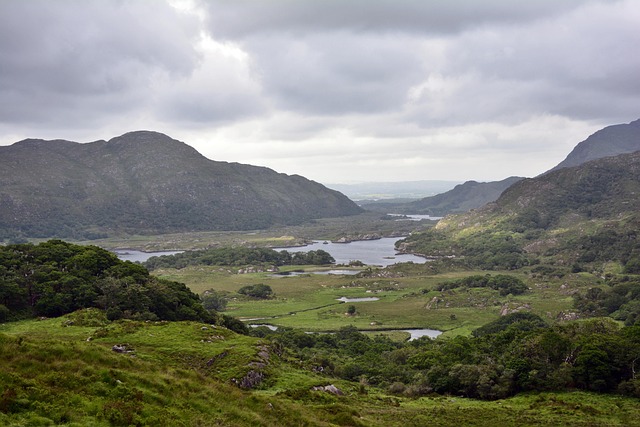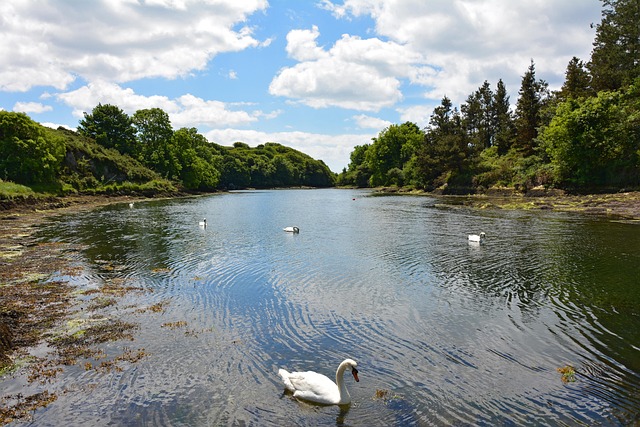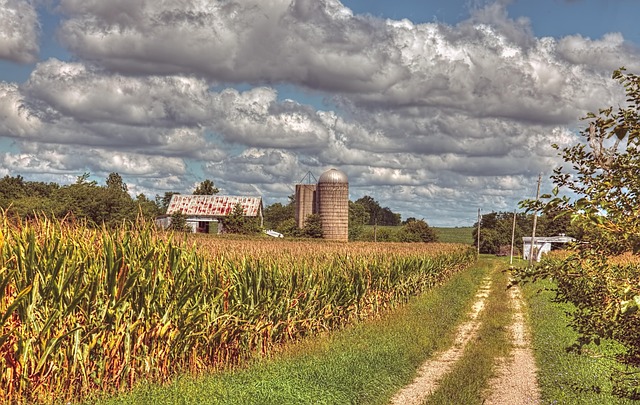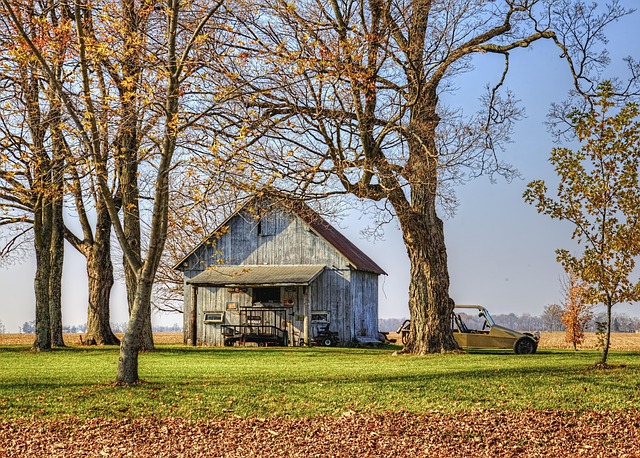In today's dynamic world, urban, suburban, and rural boundaries are blurring, creating diverse real estate landscapes. This integration drives inclusive design, with mixed-use properties, enhanced amenities, and innovative technologies catering to varied lifestyles. Developers respond to shifting preferences, building eco-friendly communities near employment hubs, revitalizing suburbs, and promoting sustainable tourism in rural areas.
In today’s dynamic world, the traditional distinctions between urban, suburban, and rural areas are blurring. This interconnectedness presents a unique opportunity for real estate professionals, offering diverse landscapes and varied lifestyles under one roof. Our article explores this emerging trend, focusing on how these once-separate regions are now seamlessly integrated. We delve into the market dynamics, trends, and opportunities that arise from this blend, providing a comprehensive view of the evolving face of local real estate.
Unveiling Urban-Suburban-Rural Integration in Real Estate
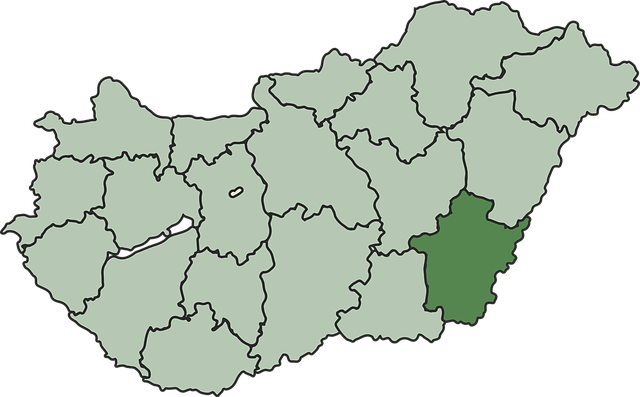
In today’s dynamic world, the traditional boundaries between urban, suburban, and rural areas are blurring, giving rise to a unique blend that redefines real estate landscapes. This integration is not merely a geographical shift but a cultural and economic synthesis where diverse communities intertwine, fostering a vibrant tapestry of living environments. Real estate professionals are navigating this labyrinthine landscape, identifying opportunities to create inclusive spaces that cater to the needs of all.
The result is a game-changing approach to urban planning and development. Suburban neighborhoods are transforming into bustling hubs with mixed-use properties, attracting folks from all walks of life. Similarly, rural areas are experiencing metamorphosis as developers recognize their potential, enhancing amenities and infrastructure while preserving the essence of the land. This diverse blend offers residents access to a symphony of experiences, from the hustle and bustle of urban centers to the tranquility of rural retreats, all within reach.
Navigating Diverse Landscapes: Trends and Opportunities

In today’s dynamic world, navigating diverse landscapes has become a captivating trend in real estate. As urban centers continue to expand, suburban areas thrive, and rural spaces offer serene retreats, the blend of these environments presents unique opportunities for developers, designers, and residents alike. This harmonious coexistence allows for creative solutions to housing needs, where modern amenities meet nature’s tranquility.
Trends suggest a growing demand for properties that seamlessly integrate urban convenience with suburban or rural serenity. For instance, eco-friendly designs that incorporate natural elements into urban high-rises are gaining popularity. Similarly, the expansion of remote work opportunities has fueled interest in rural living, prompting innovations in smart home technologies to bridge the gap between urban amenities and rural tranquility. This diverse blend shapes the future of real estate, offering a wide array of choices for all lifestyles and preferences.
The Evolving Face of Local Markets: A Comprehensive View
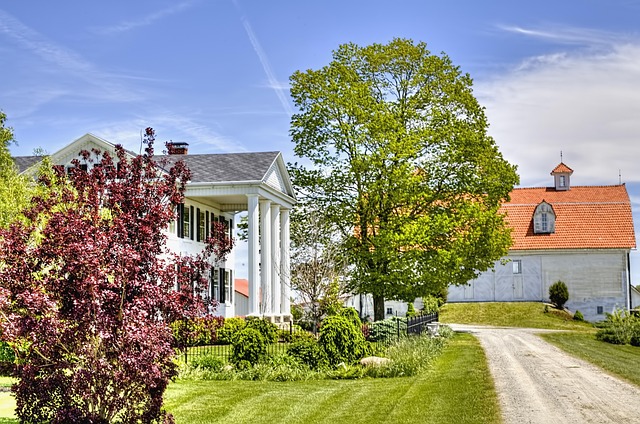
The local markets in diverse areas are undergoing a remarkable transformation, reflecting the intricate blend of urban, suburban, and rural landscapes. This evolution is particularly evident in the real estate sector, where developers and investors are adapting to changing consumer preferences and lifestyle choices. As cities expand, the boundaries between metropolitan centers and their surrounding suburbs blur, creating unique opportunities for mixed-use developments that cater to a wide range of residents.
In urban cores, high-rise apartment complexes with amenities designed for a vibrant social scene are rising, attracting young professionals and families seeking convenient access to employment hubs and cultural attractions. Suburban areas, on the other hand, are witnessing the development of smart, eco-friendly communities that prioritize open spaces, walkability, and a strong sense of neighborhood, appealing to those who desire a more relaxed pace of life while remaining connected to urban amenities. Rural regions are also not immune to this trend, with a growing interest in revitalizing small towns through innovative agricultural practices, sustainable tourism, and the preservation of historic architecture, attracting those seeking a close-knit community and a deeper connection to nature.
